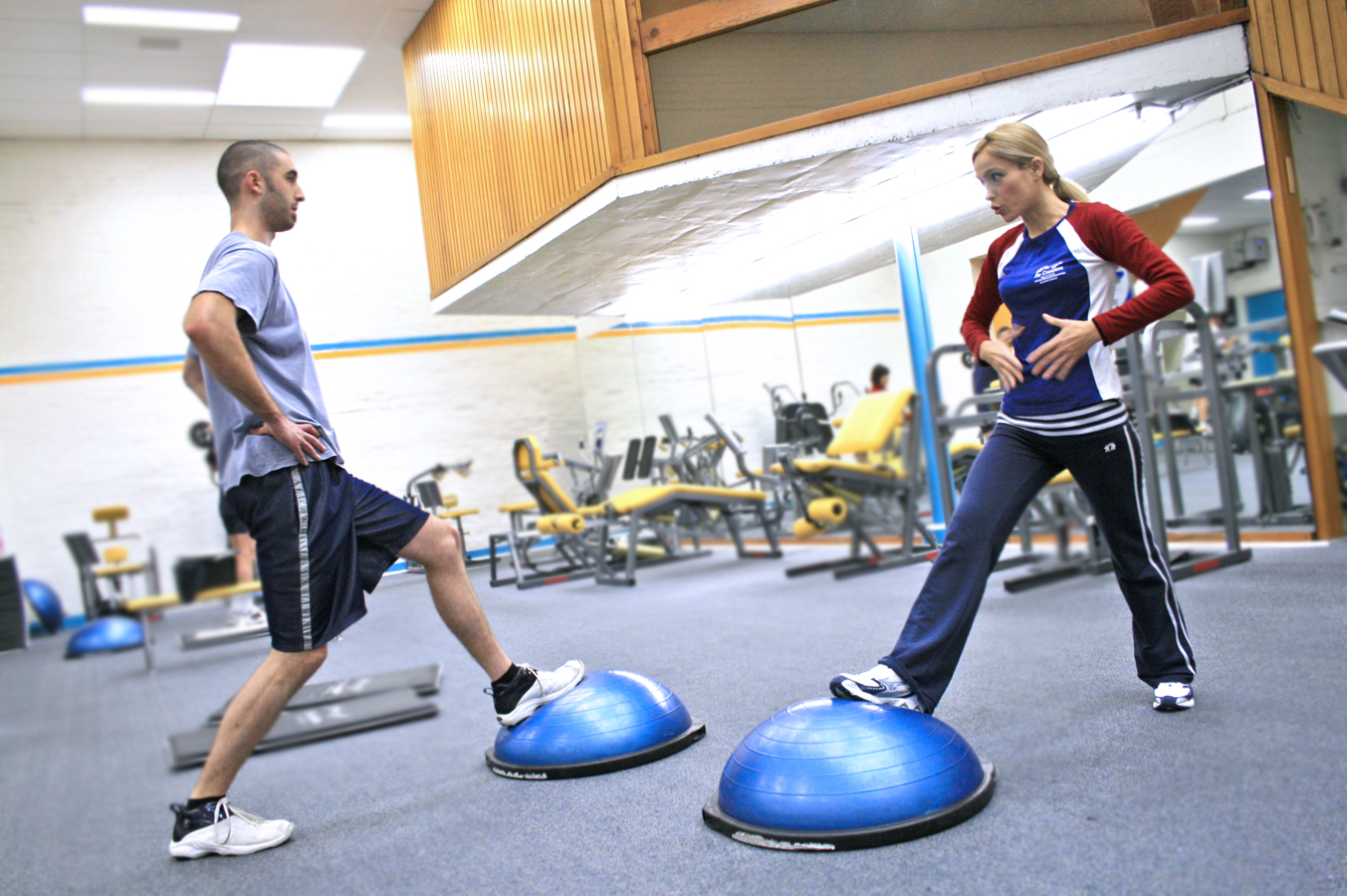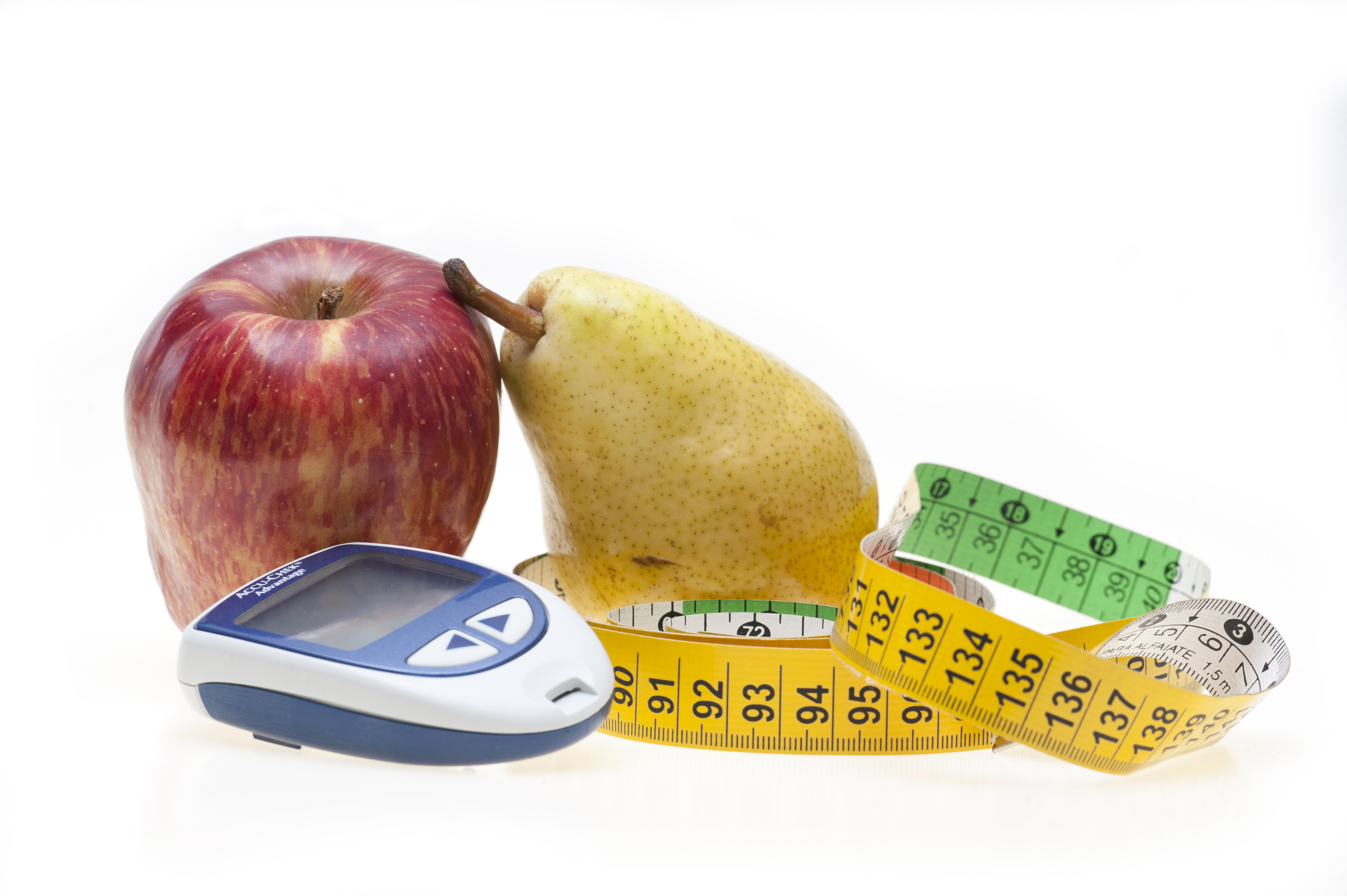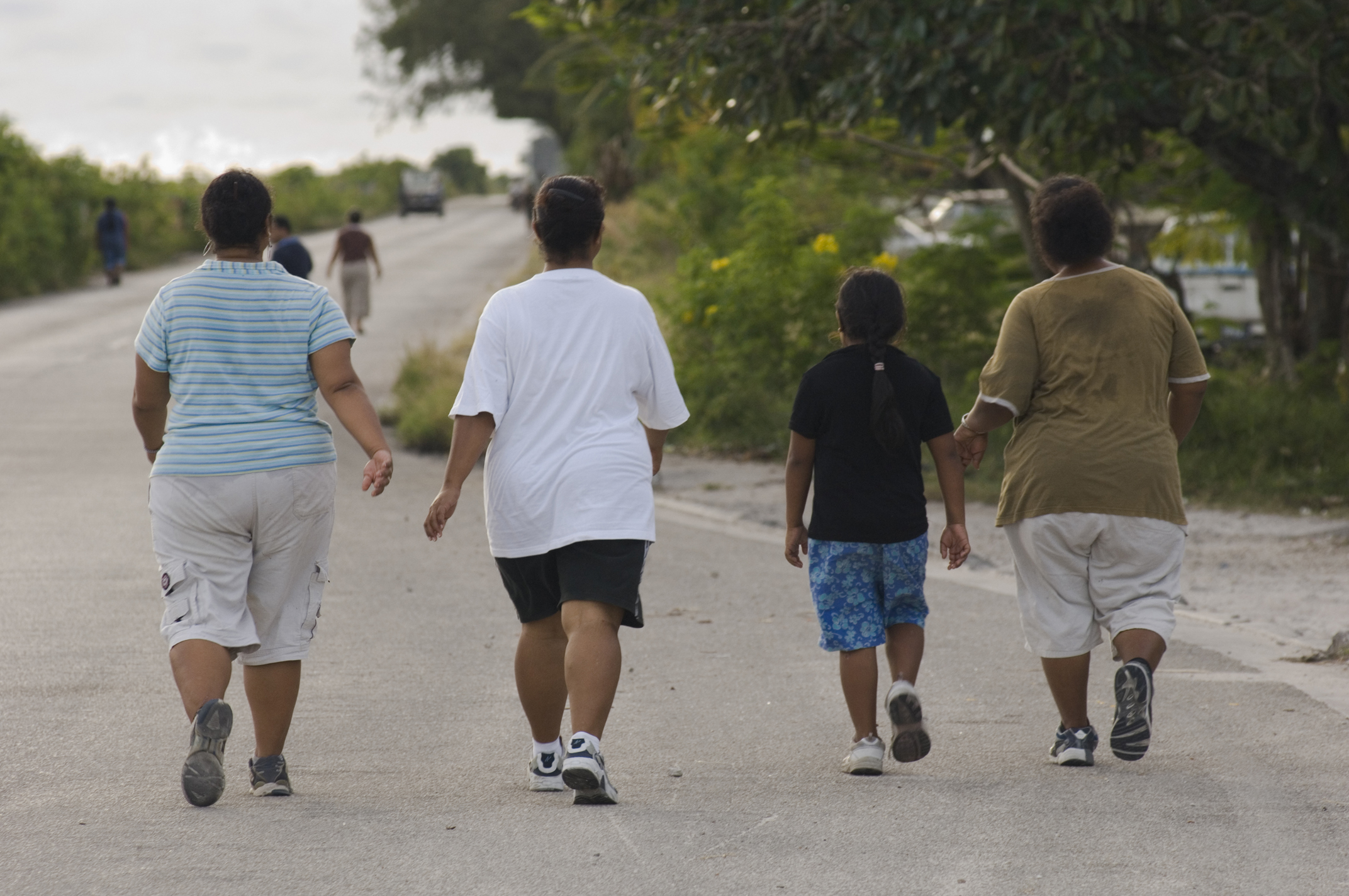Why exercise?
We have worked diligently over the last century to eliminate laborious activities from our daily life. Much of the civilized world has moved away from a farming community which requires hard physical labor to sedentary and yet mentally stressful activities. To make matters worse, because of long hours and the stress of their jobs, many people find it difficult to exercise after work. Yet exercise is even more important now than ever. Exercise increases our energy level, reduces depression and pain, reduces stress, controls weight, improves cardiovascular fitness and helps us look and feel young.
Some of my patients will tell me that they think they are getting plenty of exercise at work. But in reality most people over estimate the amount of walking that they do at work. One notable exception is postal workers. Many of them have walking routes that require walking for 8 hours per day. One way of evaluating the quantity of exercise is to look at your weight. Excess weight is due to more calories being consumed than are expended. If you are convinced that you get enough exercise then you may wish to purchase a Fit Bit and track your steps each day.
How long should I exercise?
It depends on your physical health and abilities. There are two groups of people we will consider. The first group would be the healthy, physically fit persons. People who are in good physical condition are able to engage in more vigorous activities to maintain muscle tone and health. If you are healthy and active, you may want to run, bike or swim. You can compete in 10k runs or participate in bike races. A good goal for the physically active, healthy person would be 45 minutes to an hour of exercise, 4 days a week. Exercising four times per week increases physical fitness so that you are not as tired each time you work out.
The second group is the deconditioned, overweight, injured or ill person. For those that have heart or lung conditions, liver or kidney disease you should start with something simple like walking at a slow pace for 10-15 minutes, twice a week. Stretch gently daily for 5-10 minutes. Always consult your doctor before beginning exercise if you have health problems. The goal would be to slowly build up to 20-30 minutes, three to four times per week. I see patients with multiple health problems that feel that they cannot exercise due to arthritis or other health problems. Most people can find an exercise that they are capable of doing if they look hard enough. Patients with multiple health problems tend to slowly spiral down or have a sudden health problem that starts the downward spiral. It is best to start exercising before you are unable to exercise and your quality of life deteriorates.
What activity should I choose?
There are many ways to exercise and you can tailor your exercise to the activities that you are able to do. People that have bad knees can swim, use weights for upper body or use a hand bike. Swimming is one of the best exercises for the entire body. It is especially helpful for those who have low back problems. There are a variety of exercise DVDs that you can use at home with elastic bands and hand weights. Consider also treadmills, stationary bikes or elliptical machines.
It is important to start slowly and build gradually. If you do too much early in the process, you are more likely to get hurt. You need to find an exercise that you actually can enjoy doing. You are more likely to continue exercising if you enjoy the activity. Stationary bikes and treadmills are satisfactory for aerobic exercise, but over time, some muscle groups that are not utilized will become weak such as the back and upper body. These indoor machines are very useful for exercising when the weather is bad. If you are interested in purchasing exercise equipment then talk to someone who actually uses the equipment they have. The best option is too look for used equipment at garage sales. Occasionally people sell their treadmills and exercise bikes after a year or two of little use.
Let me give a quick word about clothing. The right clothing makes all the difference. If you walk or run, then purchase good running shoes and replace them every 6-9 months. Shoes should not be too tight or loose. The shoes should have good arch support and feel comfortable. Wear loose fitting clothes that are comfortable. If you live in a hot climate then dress light, work out in the cool mornings and stay well hydrated. If you live in cold climates then be aware of hypothermia. Exercising in cool temperatures with light clothing can cause loss of body heat.
Do not exercise in remote areas. Even skilled hikers and runners can get into trouble if the weather changes or they have an accident. If you are interested in biking outside, plan your course carefully. Beware of biking on narrow country roads or in heavy traffic.
Exercise is important to maintain a healthy, relaxed and toned body. Be smart and start slow. We are creatures of habit, so you want to use this to your advantage. Get your exercise pattern and timing down by making the activity brief and easy for the first week or so. You want to instill a habit of exercise without making it so hard that you are exhausted, sore and miserable. Exercise a little even if you do not feel like exercising. Some exercise is much better than none. Get the habit down first, and then gradually increase the time spent until you reach your duration goal (time at the activity) while keeping your speed comfortable. Then work on increasing your speed gradually after you have established the habit of exercising. This is the best way to strengthen while actually enjoying exercise! Life is best enjoyed with a toned, relaxed and healthy body. Enjoy!



